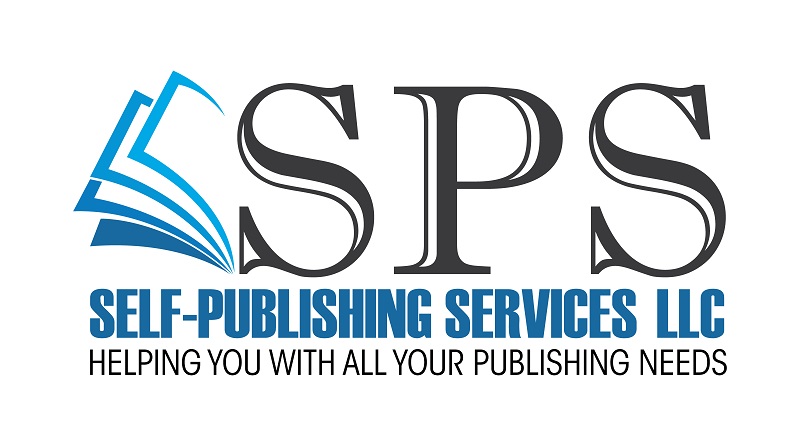Crafting the Perfect First Line
You’ve got the idea for your book, you’ve mapped it out, you’re feeling inspired, and you’re ready to go. Now all you’ve got to do is write that first line and you’re off to the races. If you’ve ever spent any amount of time writing, you know that the first line can often be the toughest! Because not only does that first line have to kick your book off on the right note, it turns out the first line in your book needs to be just intriguing enough to keep your readers interested. So what is the secret to crafting the perfect first line? Here are a few tips to get you started in the right direction.
What’s Your Hook?
You already know what your book is going to be about, so think what is the main hook of your book? How can you weave that into your first line? For instance, whether you love him or hate him, read his book or not, chances are you’ve heard people talking about Prince Harry’s book, Spare. It’s a book in response to all of the tabloid stories, and the first time where Prince Harry is able to share his perspective as candidly as he wants. The hook for Spare? Stories. Rumors. Tabloids. Truth. So naturally, the first line of the first chapter? “There were always stories.” You might not be a monarch finally getting to share your unfiltered truth, but your book has a hook. Use that first line to speak into it, right off the bat.
Get Quotable
Think of some of the most iconic first lines in literature. Pride and Prejudice opens with, “It is a truth universally acknowledged that a single man in possession of a good fortune must be in want of a wife.” Or a more modern classic, Harry Potter and the Sorcerer’s Stone, “Mr. and Mrs. Dursley of number four, Privet Drive, were proud to say that they were perfectly normal, thank you very much.” While the amount of people who recognize a first line goes up based on the fame of the work, both lines are such good openers because they not only speak to the hook of the book, but they are incredibly quotable. The lines stand up well on their own, they are the kind you could easily see on an Instagram graphic that would delight fans of the book and pique the interest of first-time readers.
Set the Mood
The first line of your book is also another great place to set the mood for the rest of your book. It’s not something you need to overthink either. The first line of The Handmaid’s Tale is simply, “We slept in what had once been the gymnasium.” With such a simple introduction, author Margaret Atwood immediately sets the scene with a brief first line that sets a rather ominous tone. Sleeping in a gymnasium is rarely a good thing as they are often used as a shelter during a natural disaster, but saying it “had once been the gymnasium” immediately jostles the reader’s perception of reality. The world this story is set in is similar to the reader’s, but they know from the start that something is off. On the flip side, Bridget Jones’s Diary starts off with her first diary entry in January that says, “129 lbs. (but post-Christmas), alcohol units 14 (but effectively covers 2 days as 4 hours of party was on New Year’s Day), cigarettes 22, calories 5424.” Where Atwood kicked her novel off on an ominous note, Helen Fielding’s novel kicks things off on an all-too relatable note, trying (and failing) to kick bad habits to better oneself at the start of a new year. While both novels are incredibly different, both have opening lines that are short, but both are quite quotable, relay the hook, and set the mood right off the bat.
Ultimately, the first line of your book is the thing that will draw readers in. The cover might be the literary welcome mat to your book, but the first line should be the delicious smell that hits you after the front door opens and draws you in further.

